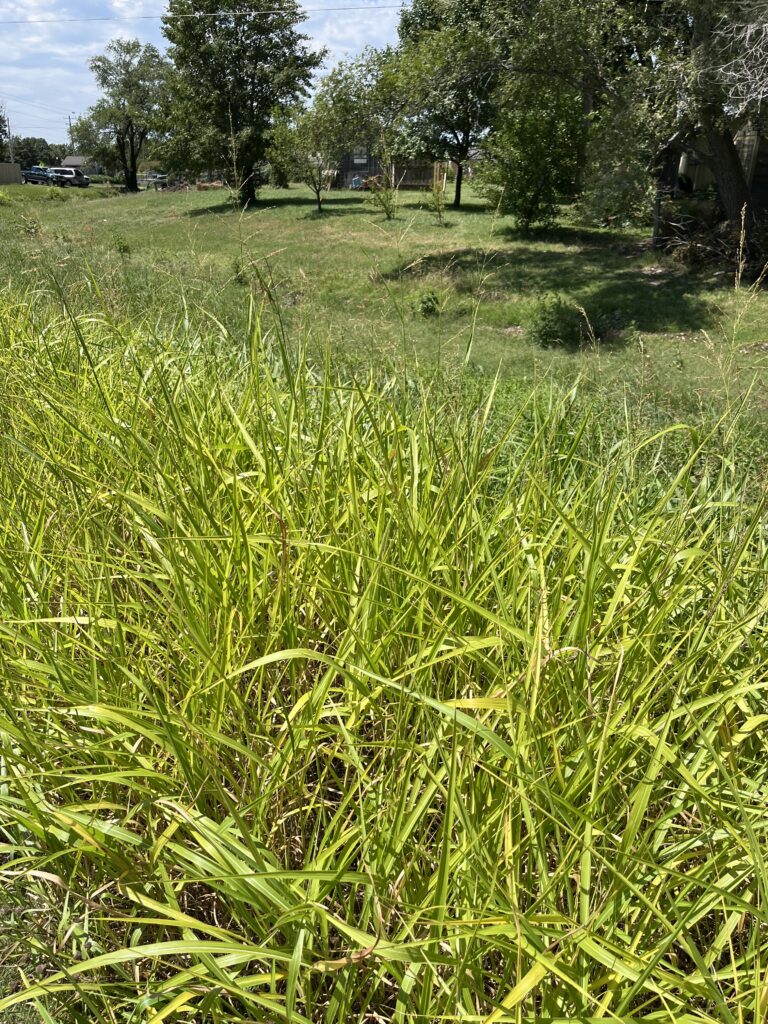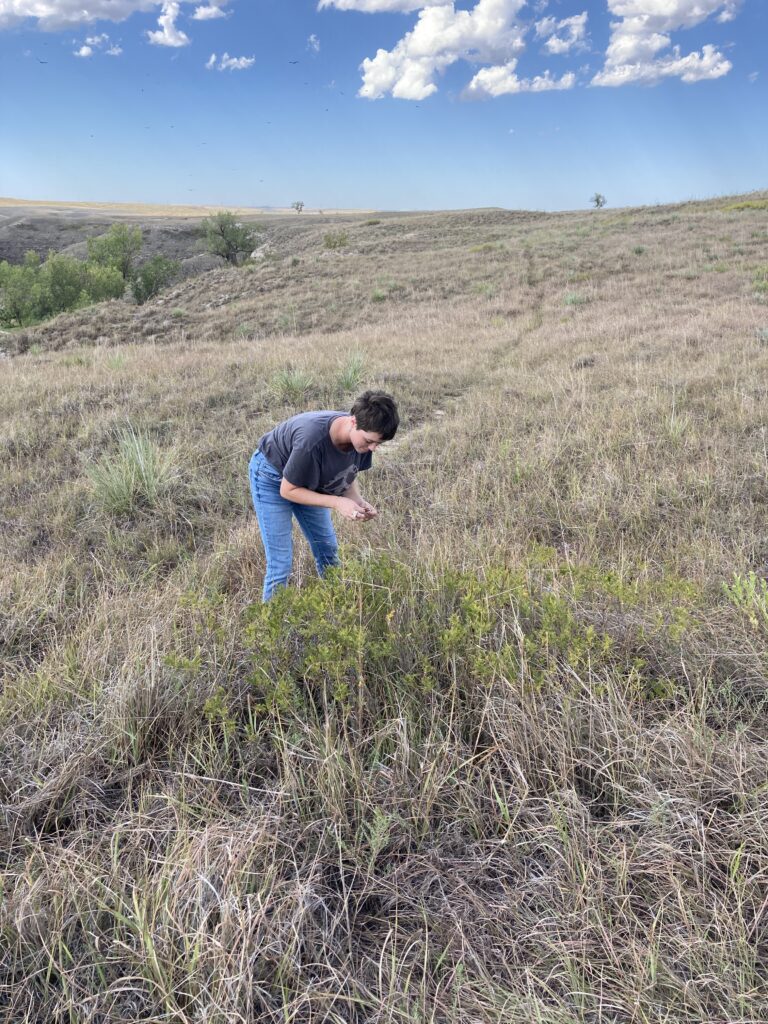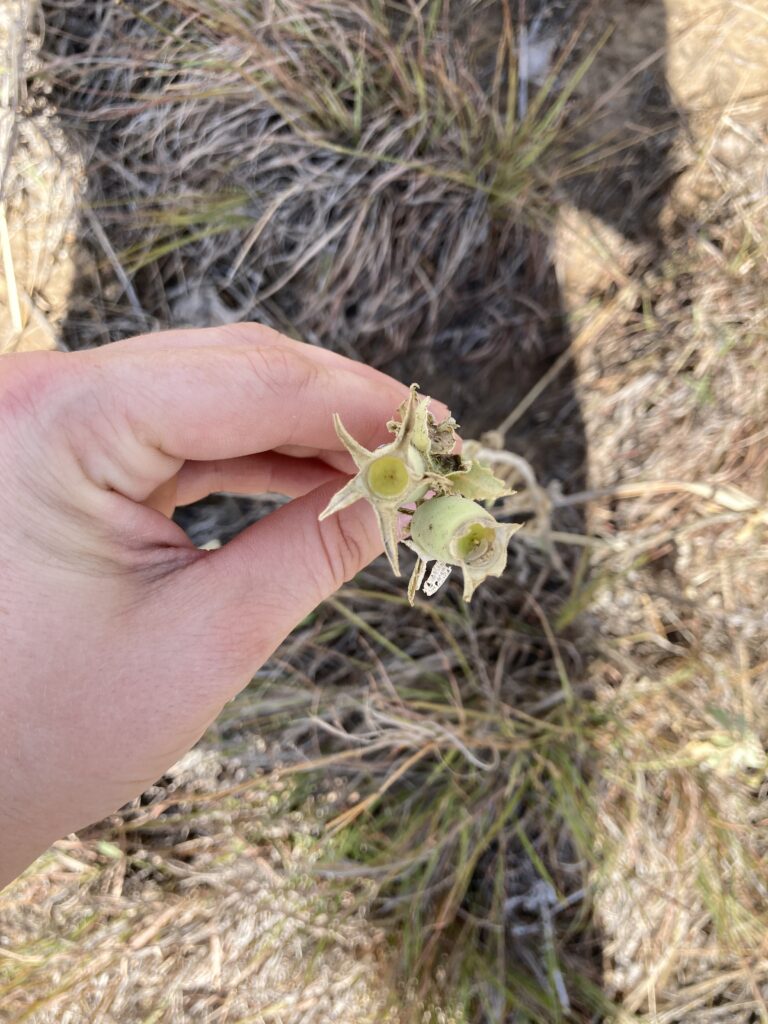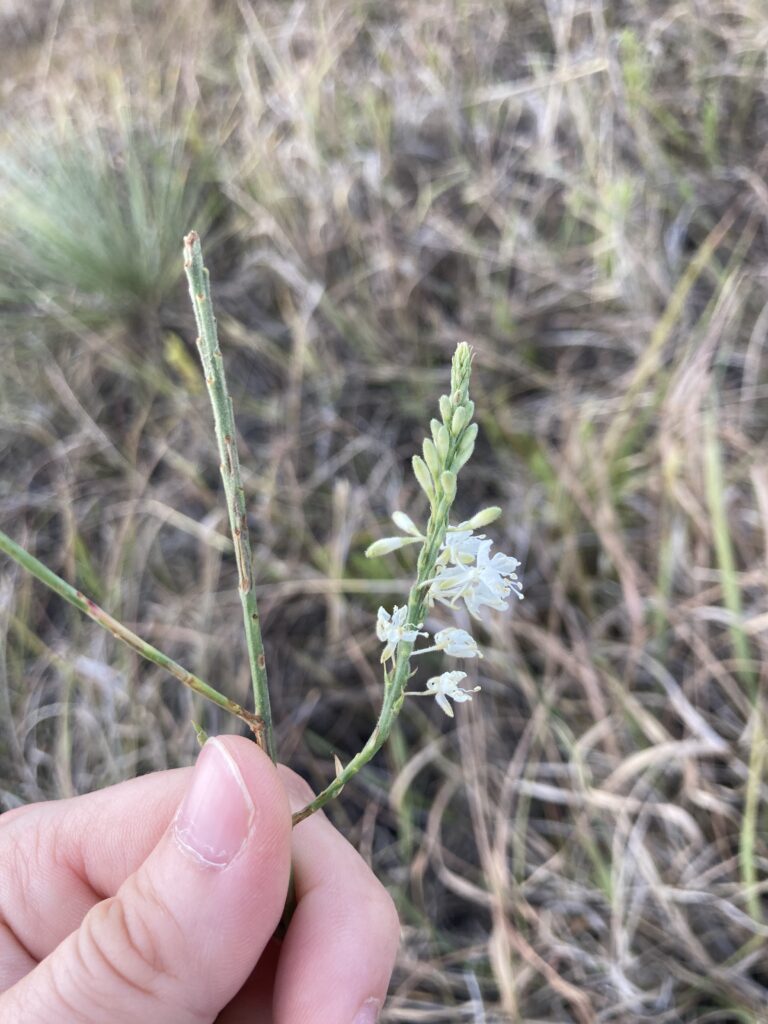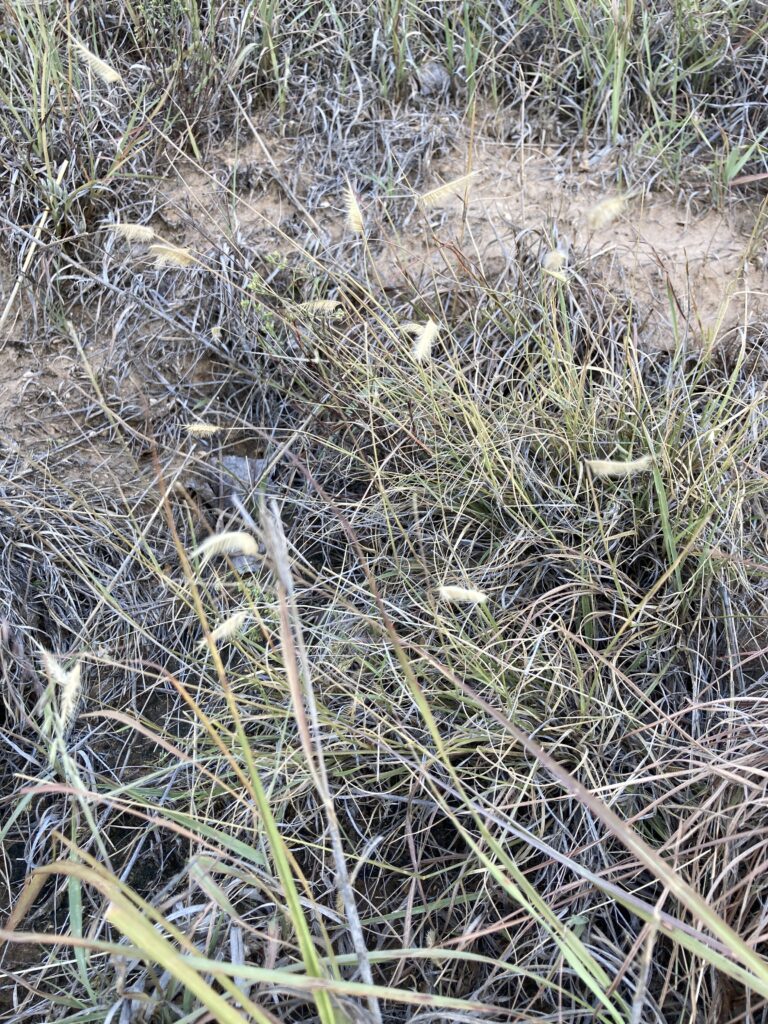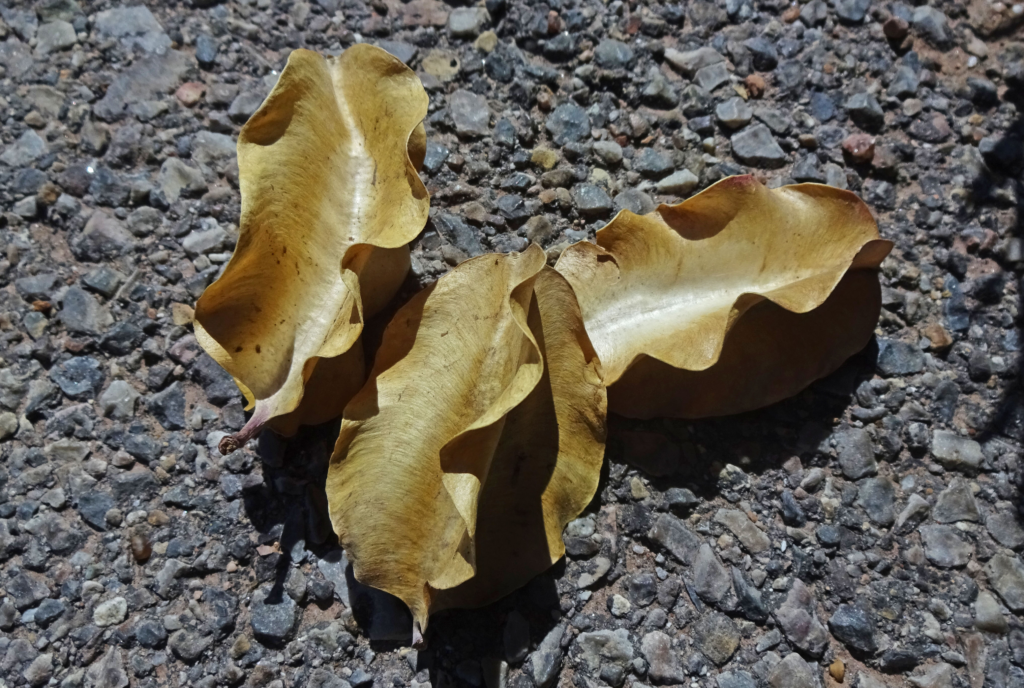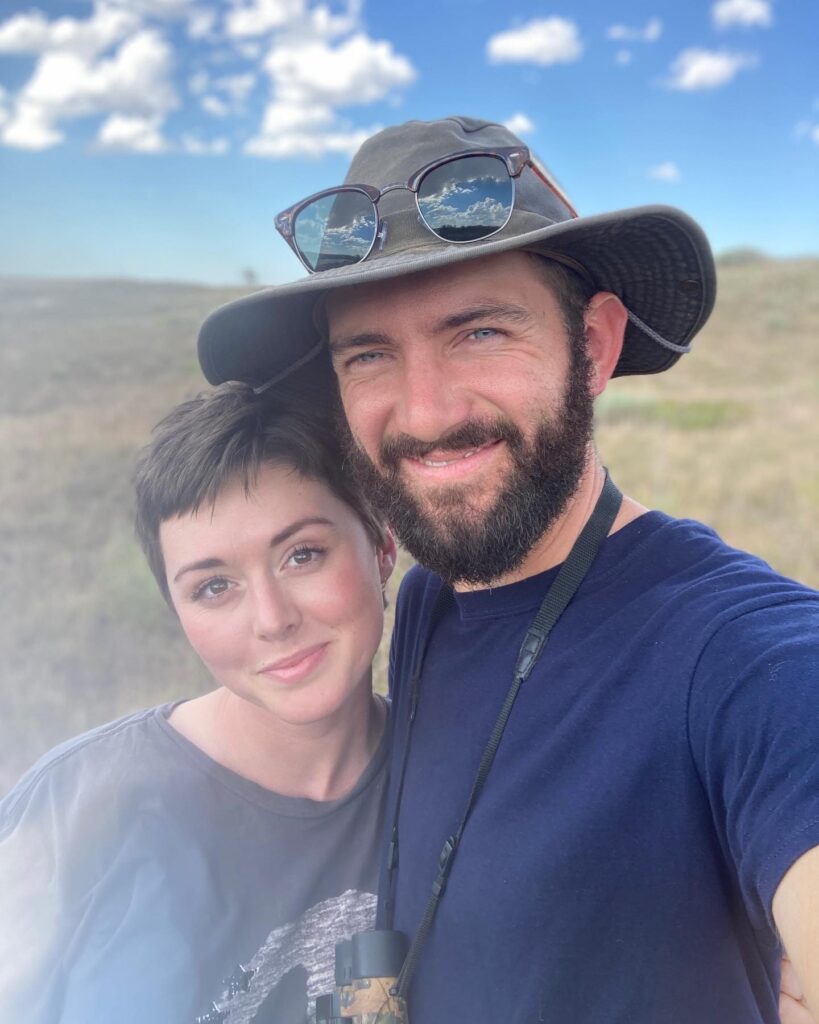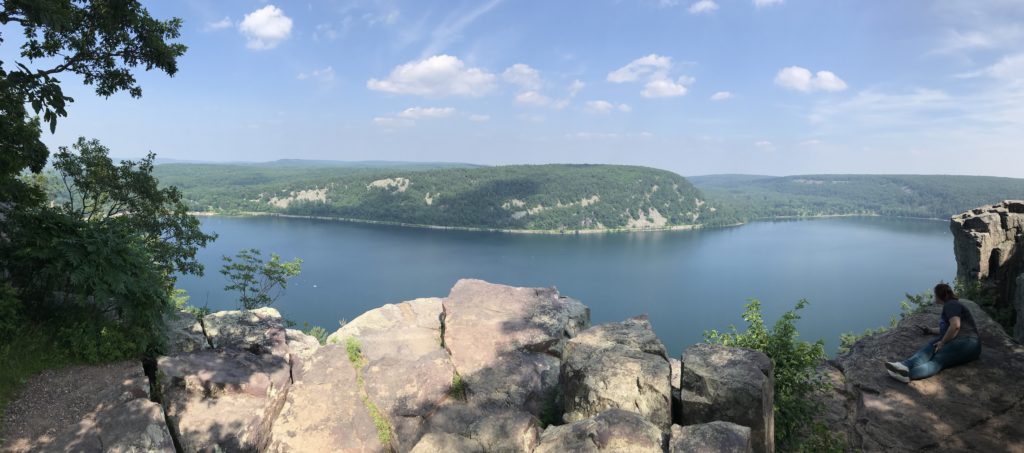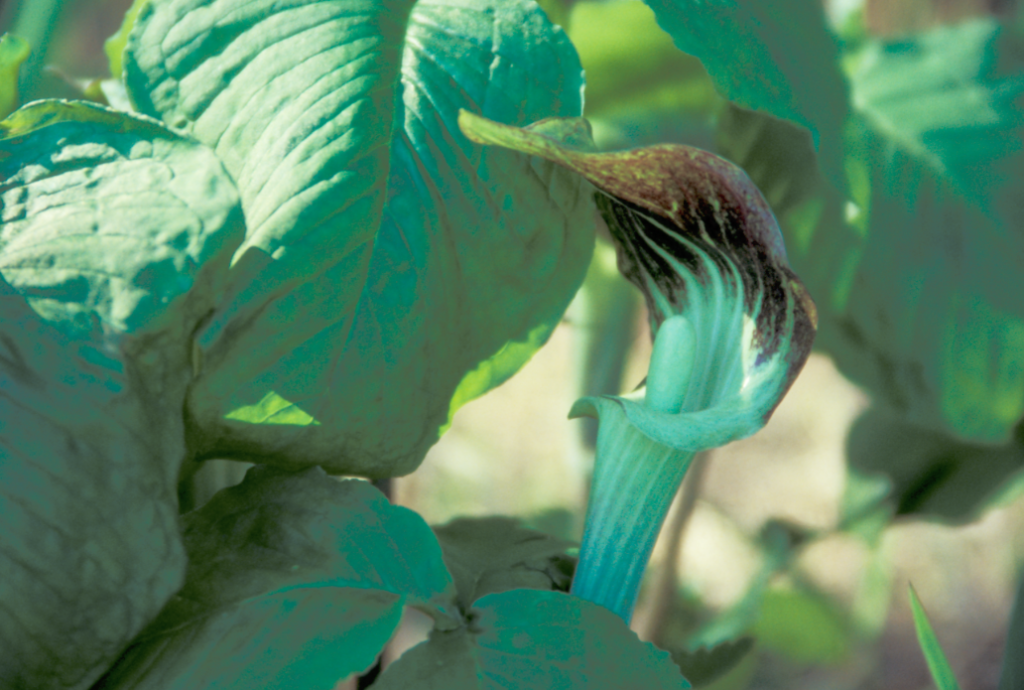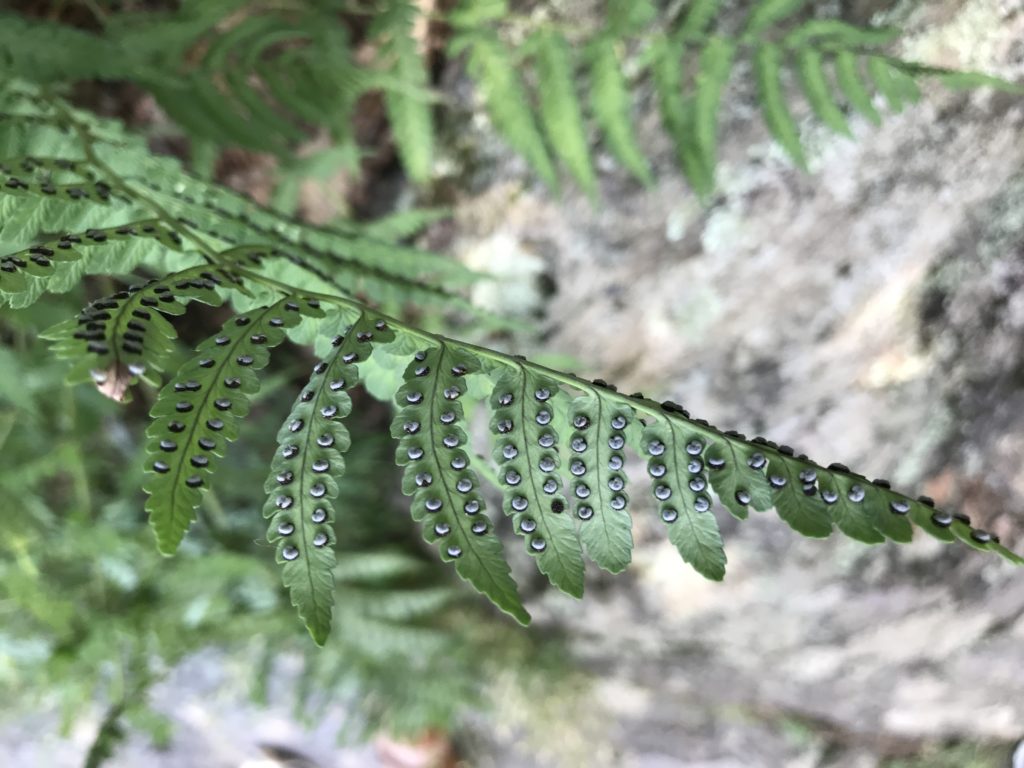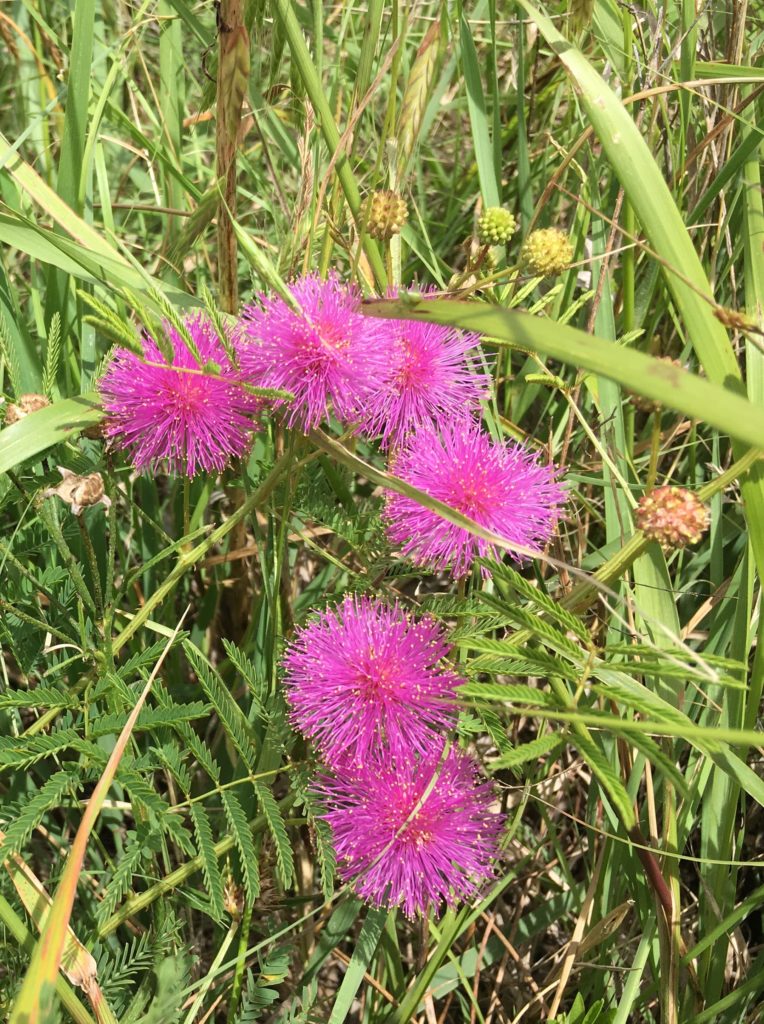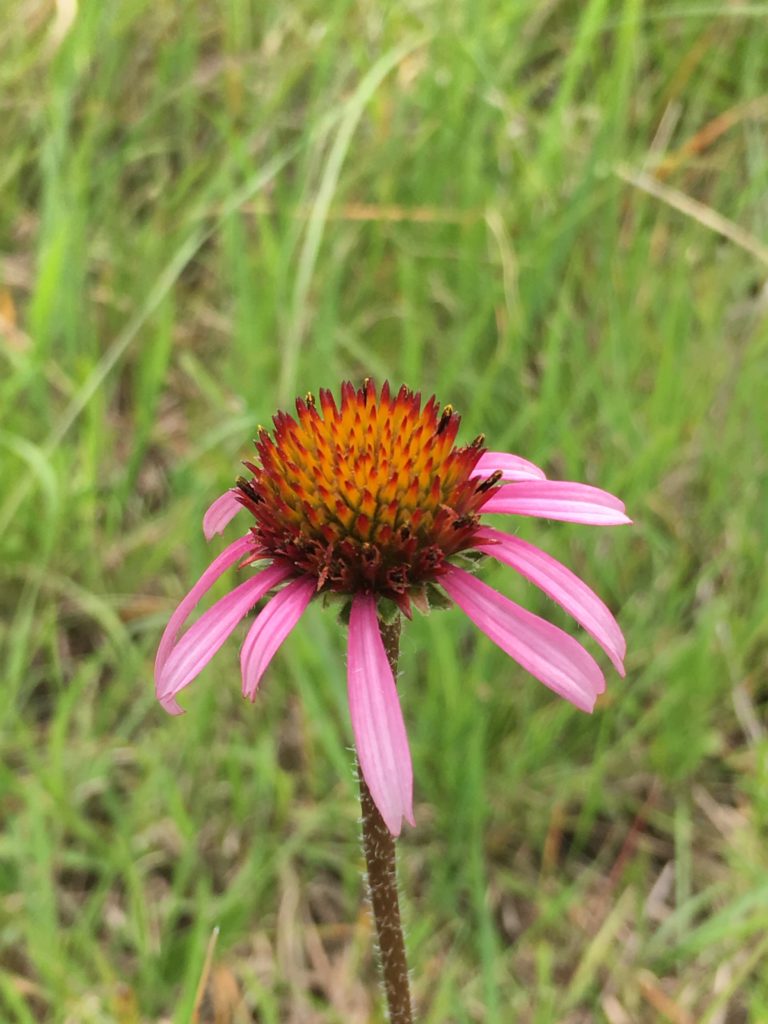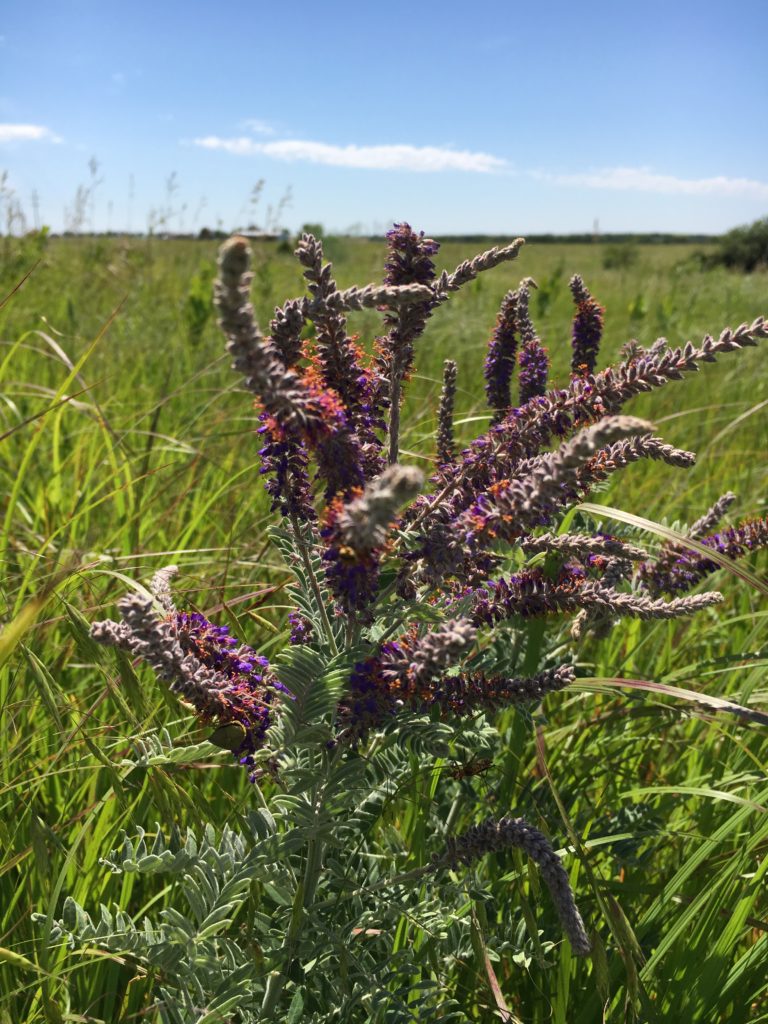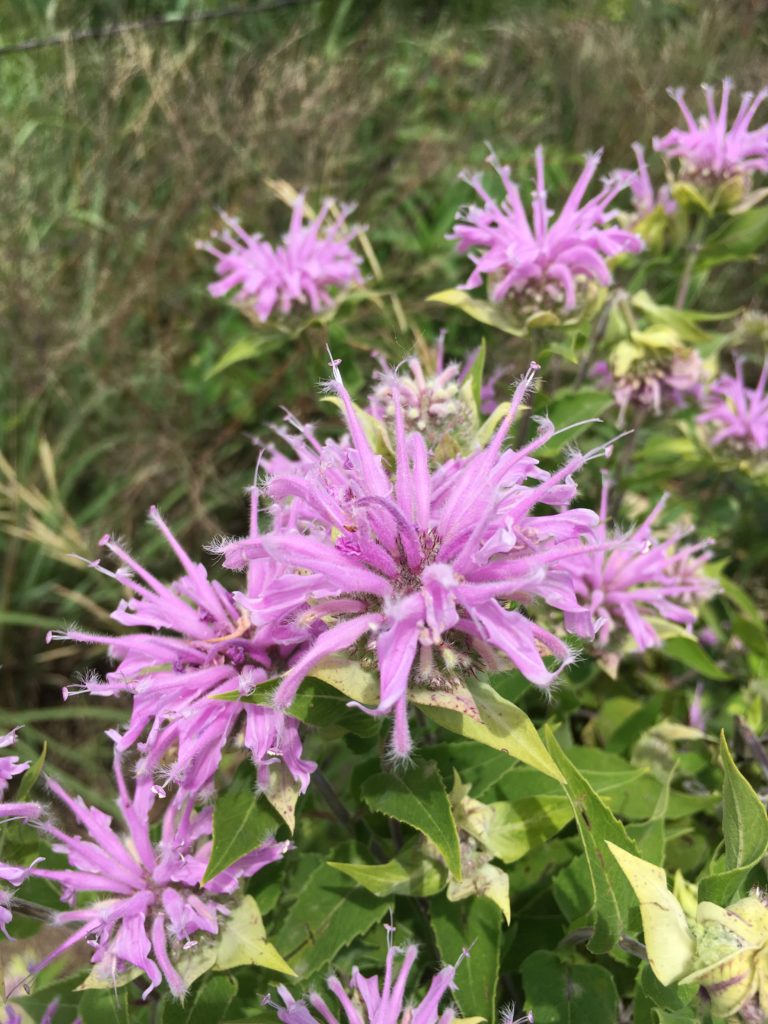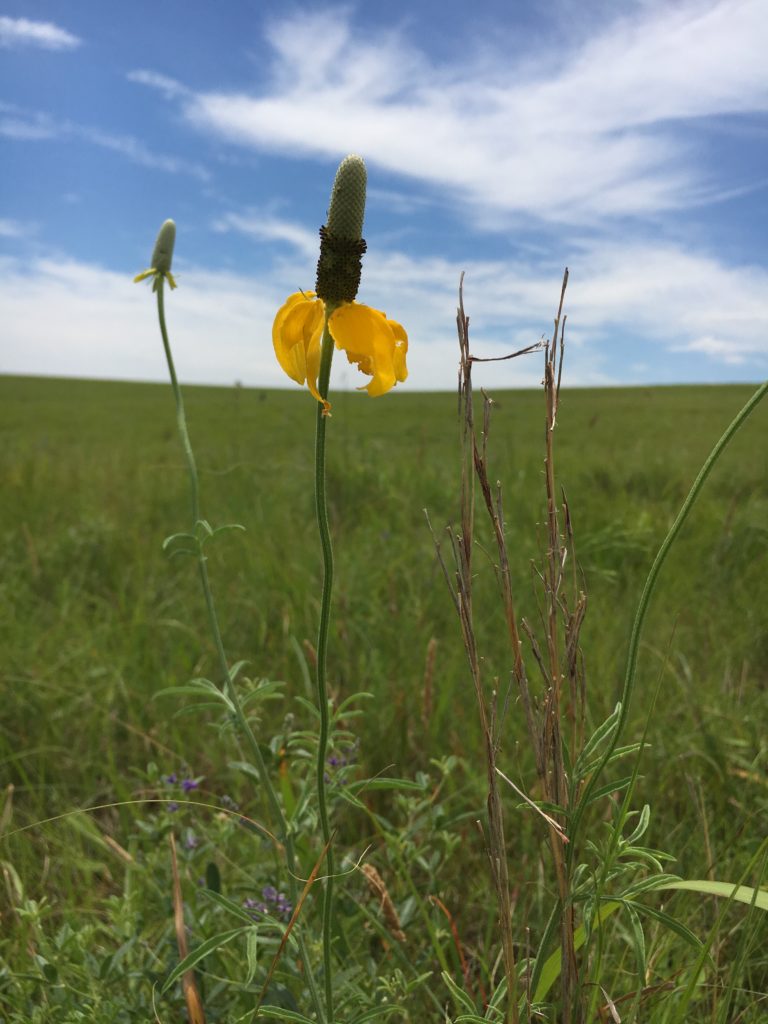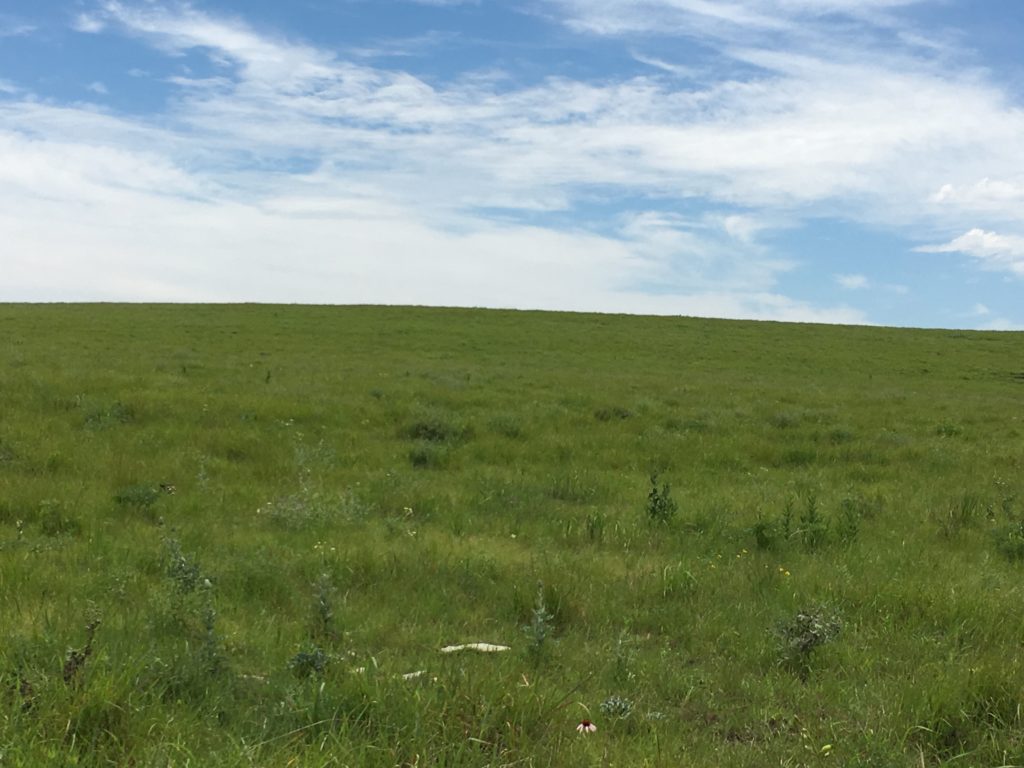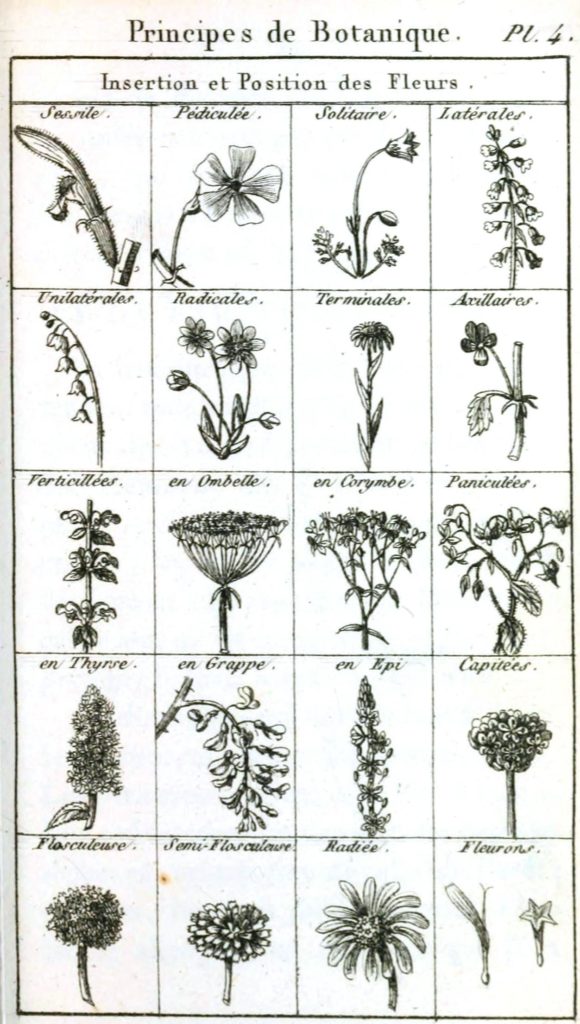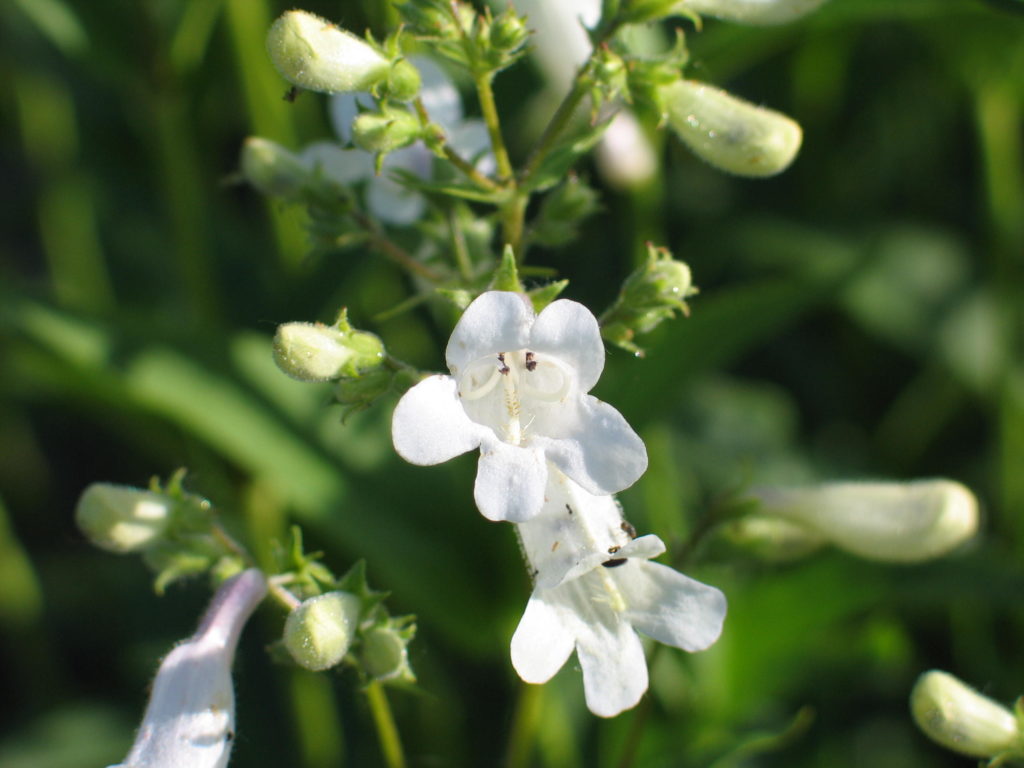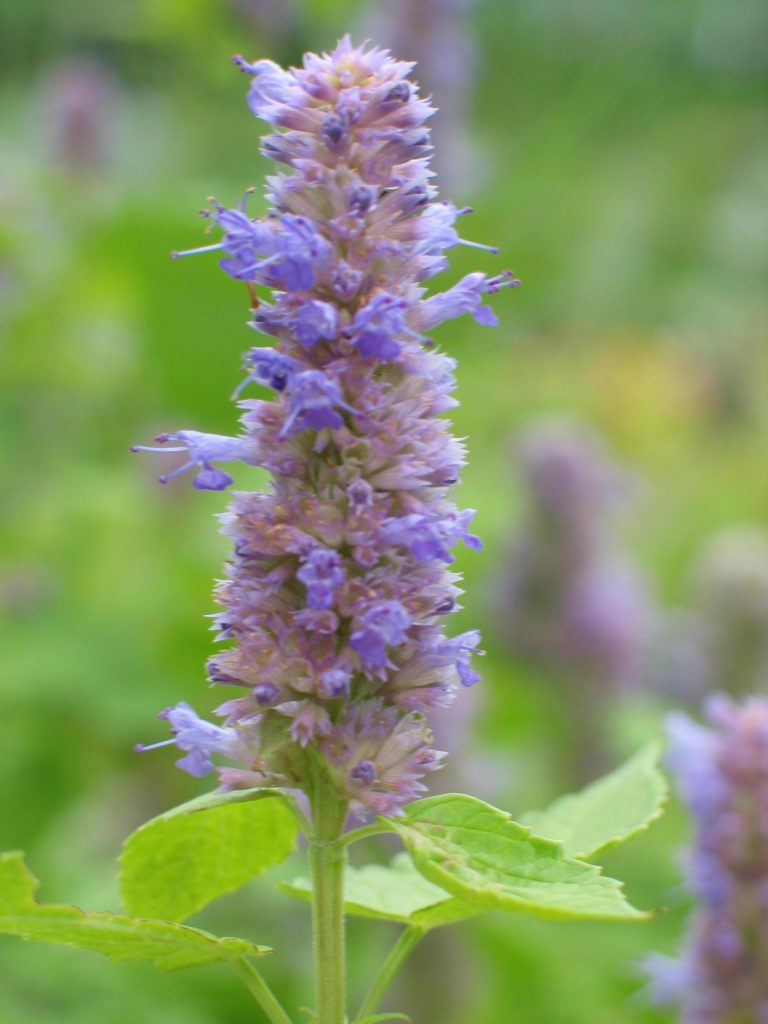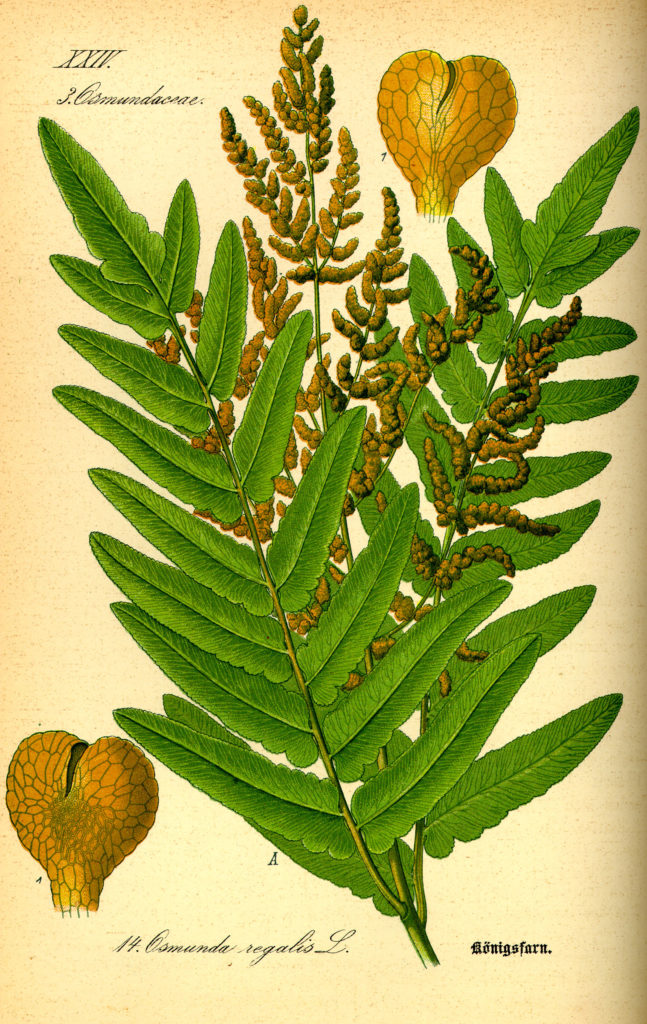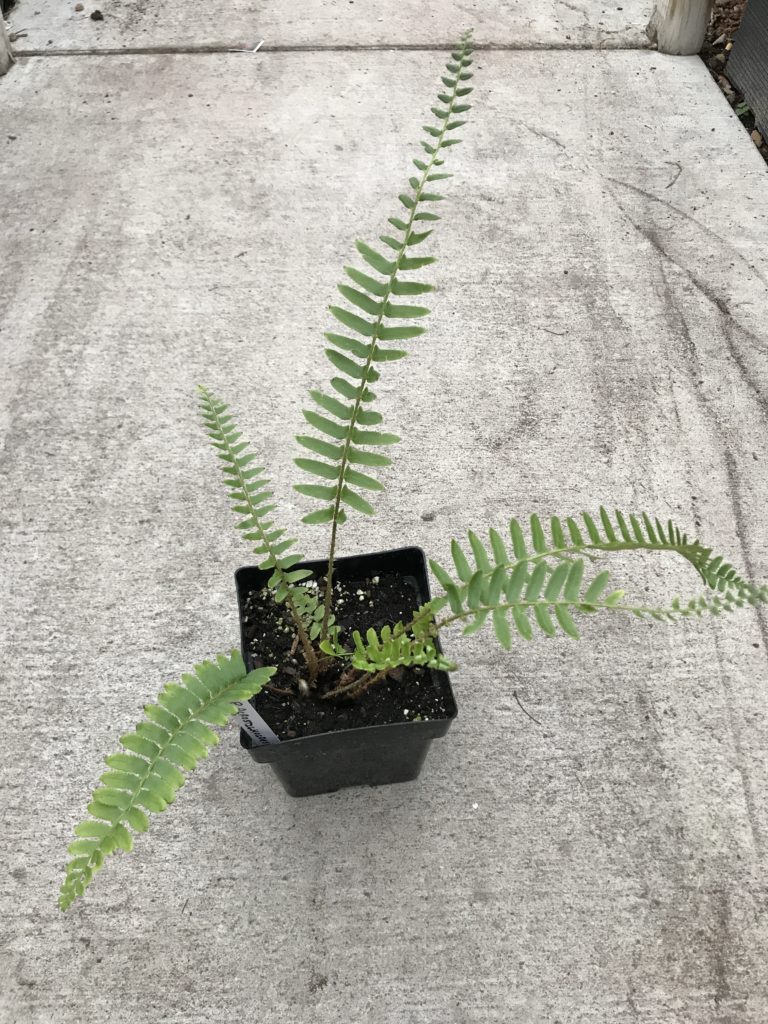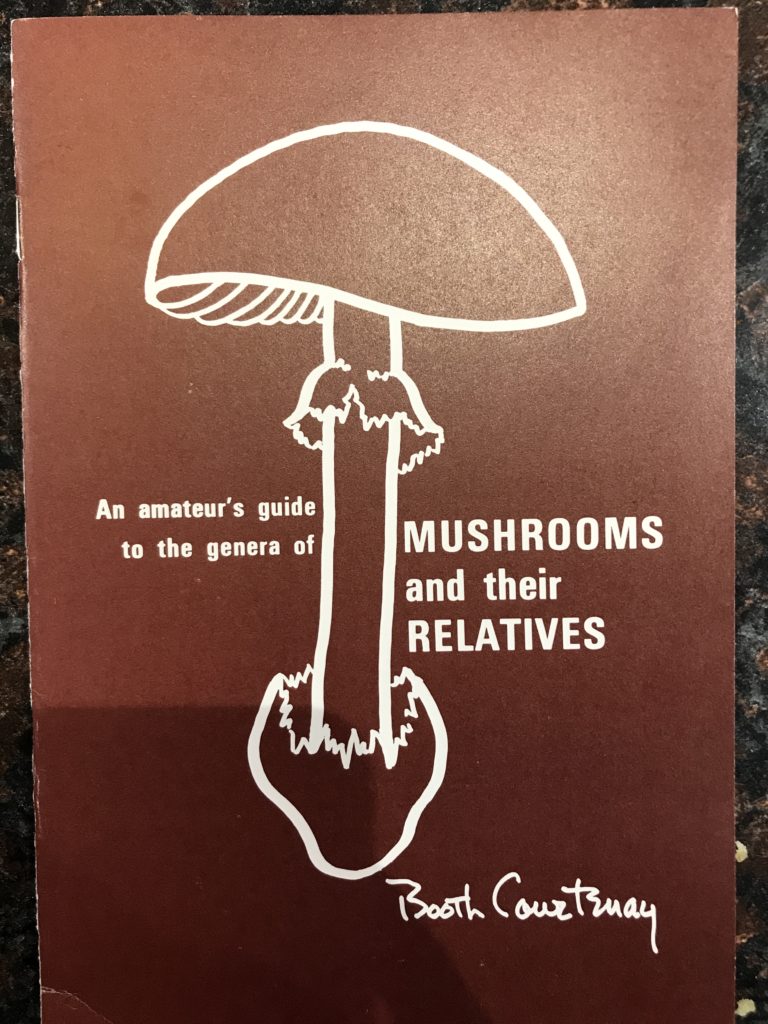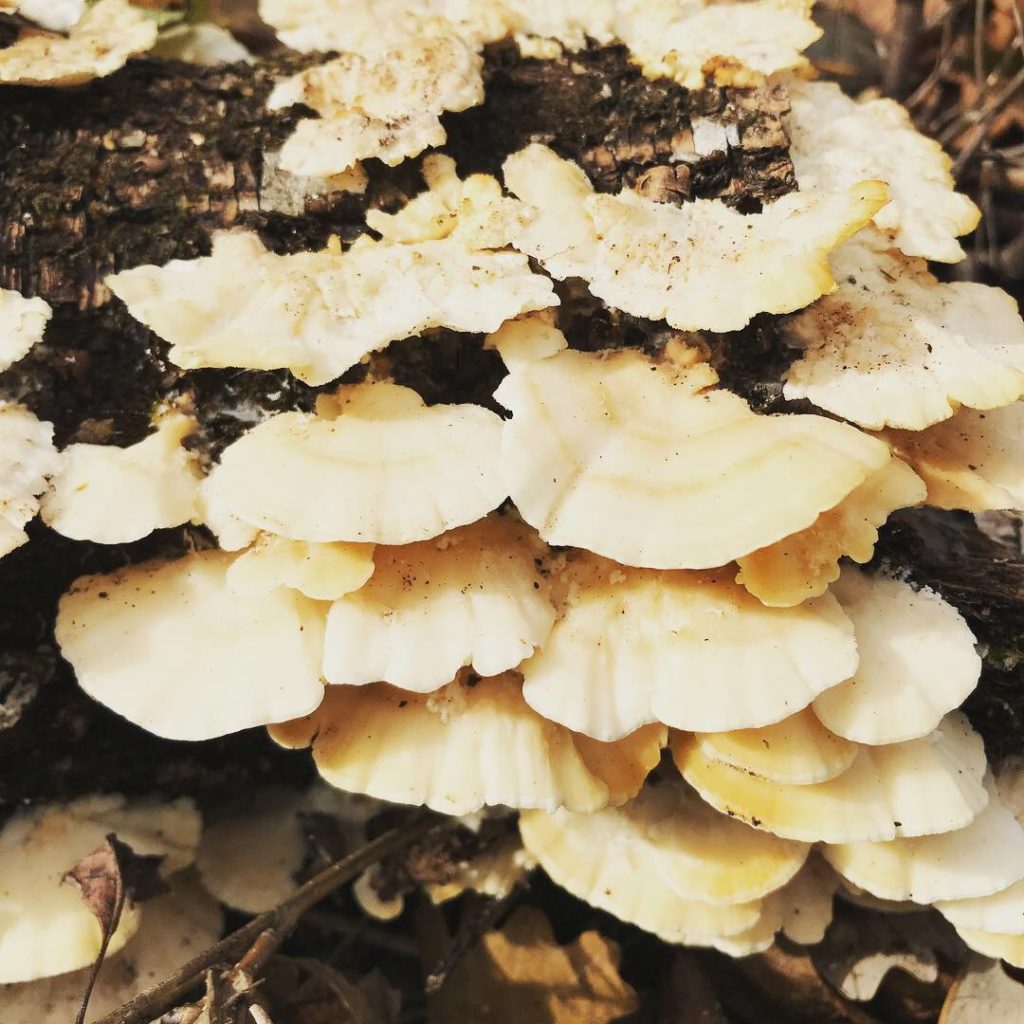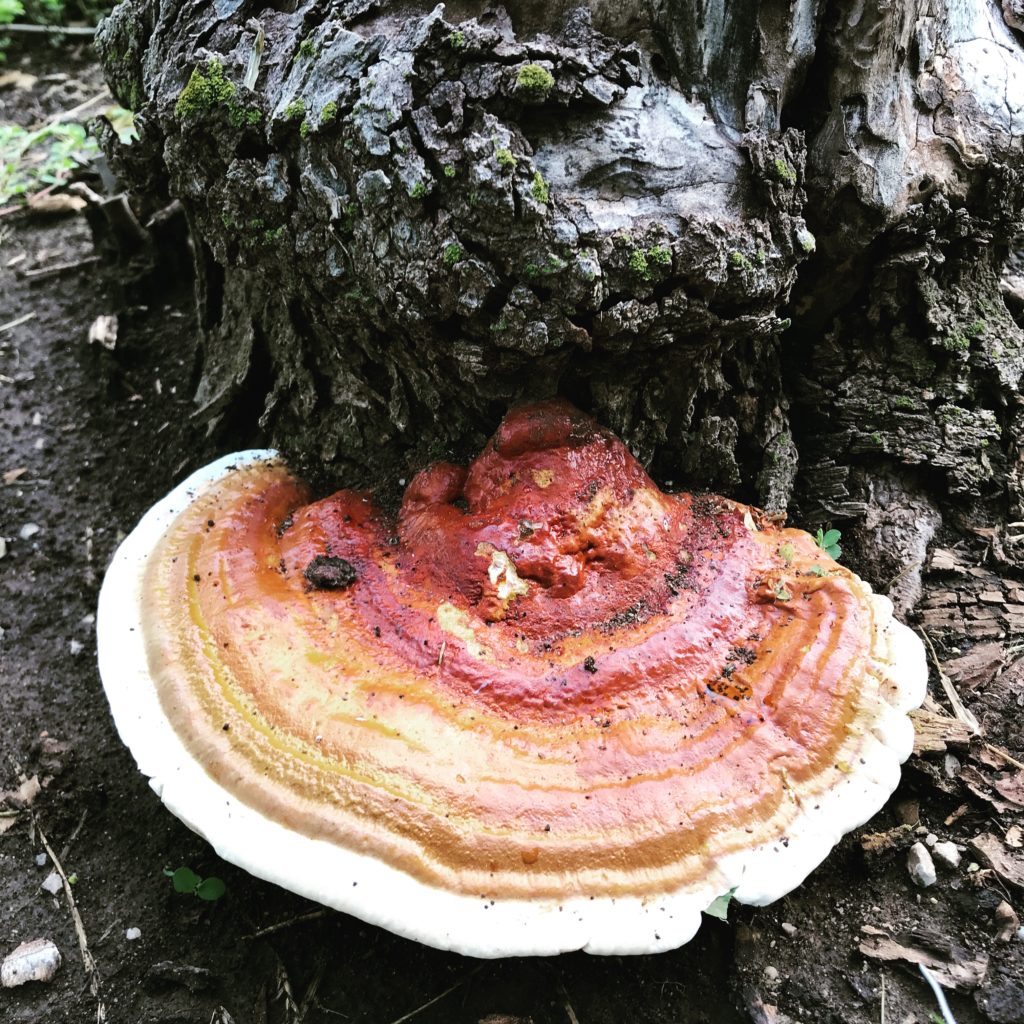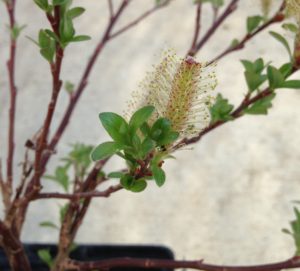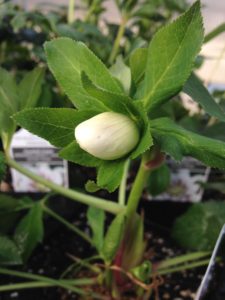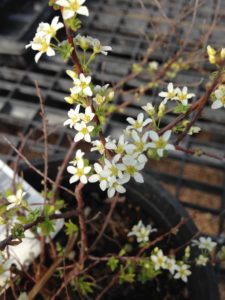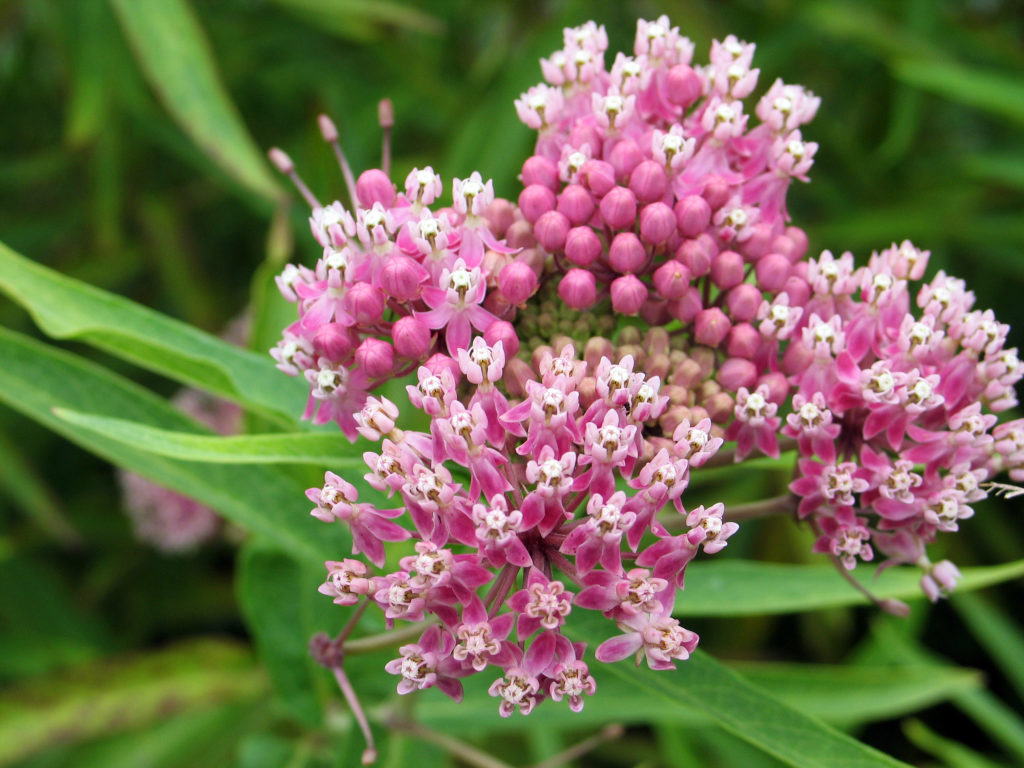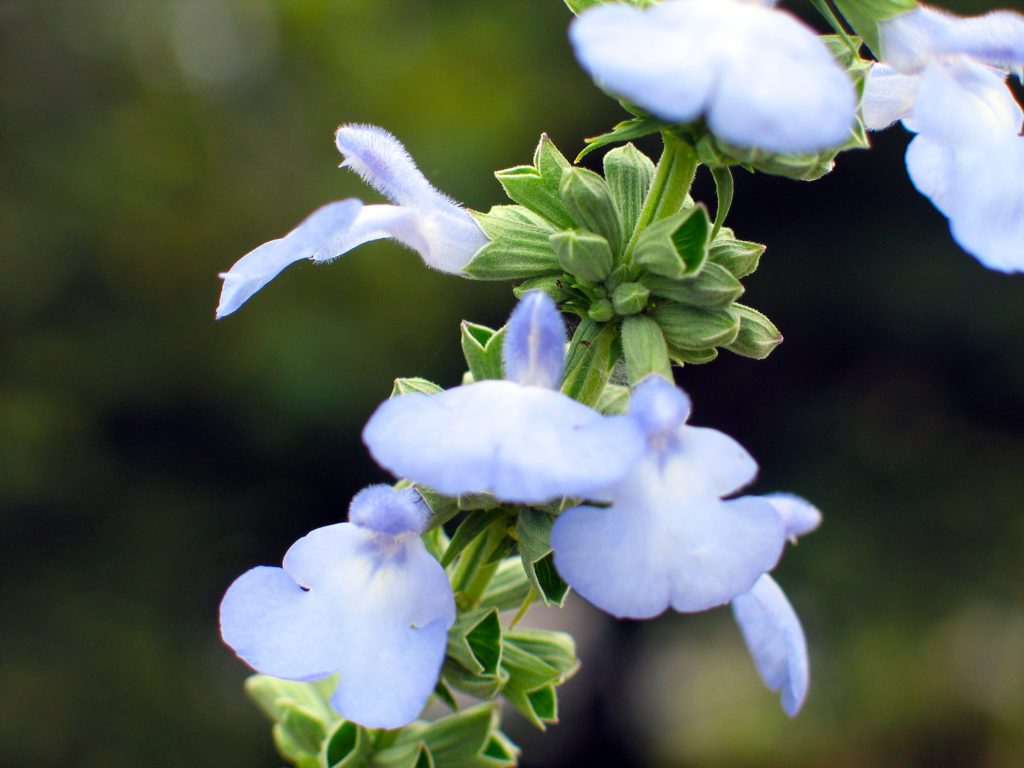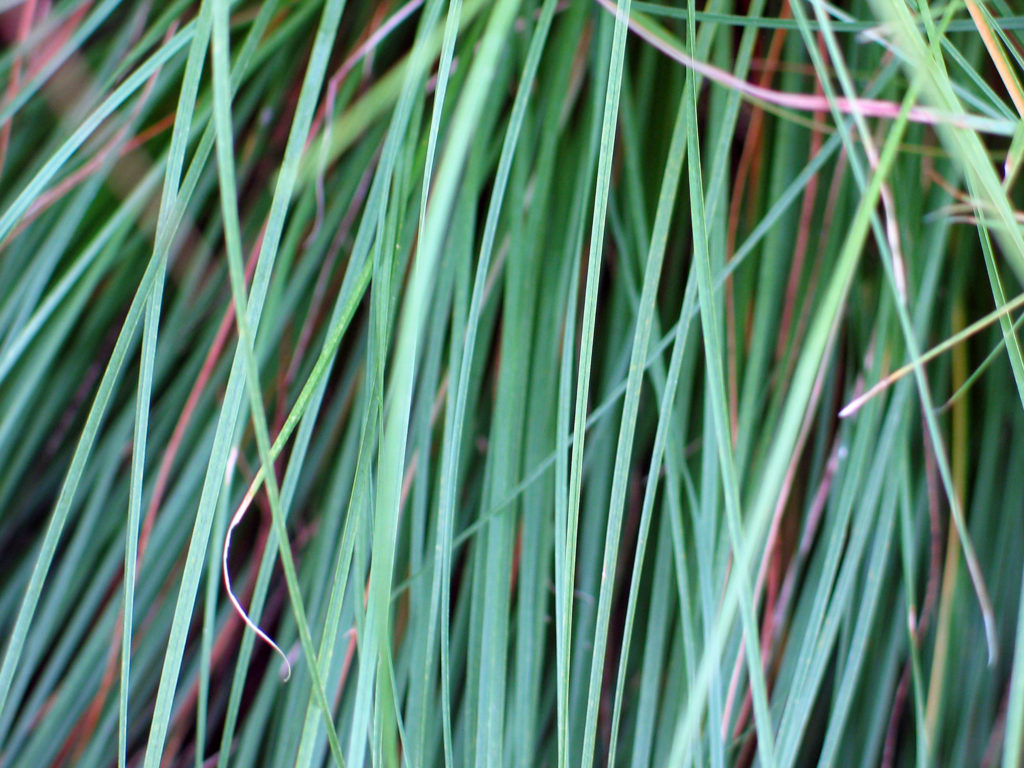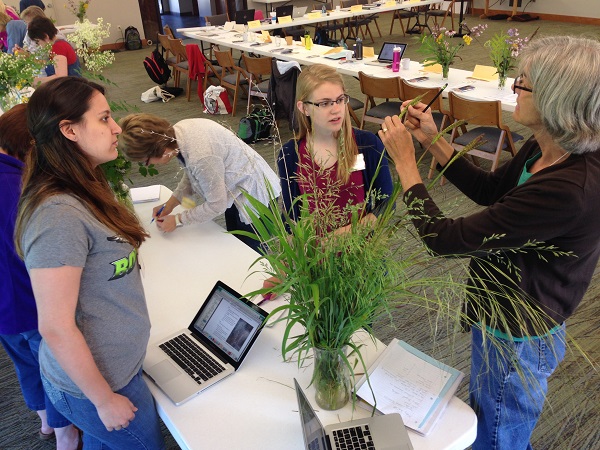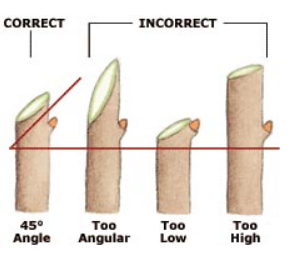This summer in my travels through Kansas and surrounding states, I have seen more Johnsongrass than ever before. It is everywhere. It has proliferated to the point that it is pushing out native vegetation, including remnant prairies and most roadside ditch prairie plants. The expansion of this exotic grass is so aggressive that I am afraid that nothing can be done to reverse the trend in most of the areas that I see. It is a travesty.
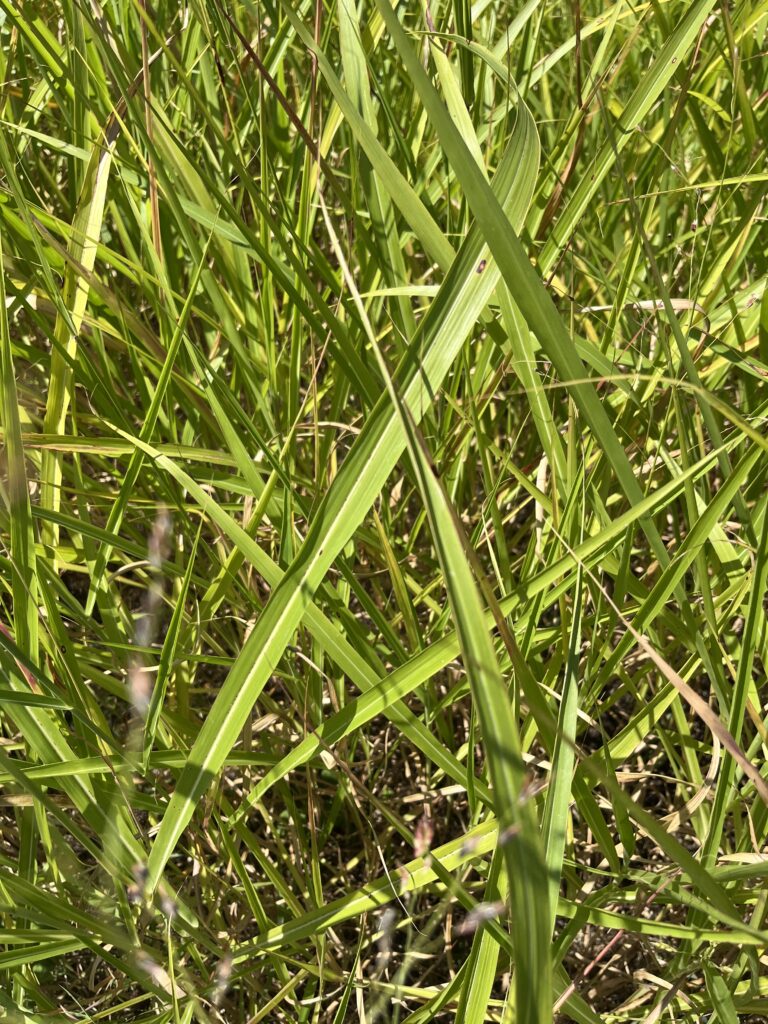
History
Johnson grass, or sometimes Johnsongrass, Sorghum halepense, is native to Asia, North Africa, and the Mediterranean. It was introduced in the U.S. around the 1800s and is named after Alabama plantation owner Colonel William Johnson who is said to have actually planted a crop of the grass on river bottom land in 1840. However, Johnson grass had been established in several other states about a decade earlier.
It was originally considered a prospective forage crop but Johnsongrass turned out to be an agricultural weed. The unintended consequence of Johnsongrass introduction was that it caused tremendous economic loss due to its invasive spread by seed and rhizomes. Cash crops were pushed out and livestock were poisoned by the plant. Today, it is considered one of the ten worst weeds in the world, especially for range land.
This grass was promoted as good for cattle grazing and hay, but it has had the opposite effect. It is very hard to eradicate once it gets a foothold. If you try to plow it under, it simply spreads more plants similar to tilling a stand of bermudagrass. Plants stressed by drought or freezing weather will produce hydrogen cyanide (prussic acid), which will kill livestock when the grass is eaten in larger quantities. Horses and repeat grazers are most susceptible to harmful effects such as bloating or death.
Control
You may ask, then, what can be done? Small stands can be hand pulled, dug up and monitored for resprouting, but you must be diligent and vigilant to make sure you have removed the entire plant. Scouting the peripheral edges of you property and immediate eradication with Round-Up is the best.
Always use caution when using any chemical including Round-Up. I hate to spray, but in this case, an application of glyphosate/Round-Up is warranted. Round-Up is a non-selective herbicide that will kill any plant it is sprayed on, so care has to be taken when applying it. Again, monitor and respray the sprouts that pop up after the original burn down.
You must be vigilant. A few years of growth of Johnsongrass unchecked can have very dangerous consequences to your prairie or landscape. We can’t reverse all the damage already done, but we can keep it from damaging your corner of the world. It takes some effort to keep invasive species at bay, but it is always worth it.

